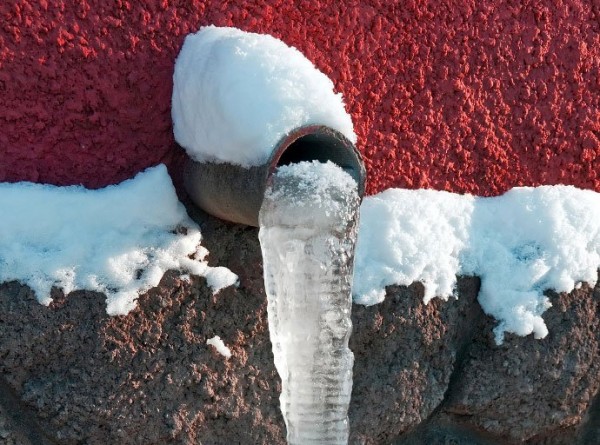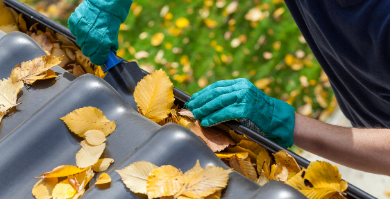Got Frozen Pipes Flooding? Don’t Panic and Do This
Frozen Pipes Flooding Is a Winter Threat in Denver
Winter brings the threat of frozen pipes flooding to Denver homes and businesses. Extreme cold weather settling on the Front Range for extended periods can overpower even the most stringent precautions, turning basements into underground lakes that are a headache to cleanup. If you find yourself dealing with frozen pipes flooding in your home or business, don’t panic. Take a deep breath and follow these steps to speed up drying and cleanup, reducing the time and cost of restoration.
Always Start With Safety
The urge to almost literally dive into a flooded basement that resulted from frozen pipes bursting is strong. But, while time is critical to reducing water damage from frozen pipes flooding, protecting yourself and others from potential safety hazards is most important. As you begin to clean up any water damage, remember these safety tips.
- Electricity and water don’t mix. Ensure that power cords and electrical equipment used in drying and cleanup work are kept clear of standing water and wet material.
- Remember that any kind of standing water can contain chemical and biological contaminants from cleaning chemicals, sewage, pet waste and other sources. Make sure to protect yourself and anyone helping with cleanup with protective outerwear available at hardware stores. And thoroughly wash all tools and equipment that you use in flooding cleanup efforts.
- Consider that standing water can hide dangers such as sharp debris and tripping hazards.
Before you begin cleanup operations, take time to analyze the situation and try to imagine the worst things that could happen. Then take precautions to prevent such mishaps,
Get the Water Extracted, Fast
For light frozen pipes flooding, a shop vac can be sufficient to extract the water. But heavier flooding calls for pumps that can extract high volumes of water. Professional water damage restoration companies have truck-mounted units that can extract dozens and even hundreds of gallons of water per minute. If you have more than an inch or two of water standing in your home or business, consider renting a high-volume water extraction pump or calling a water damage restoration company. Remember that standing water quickly destroys most building materials, resulting in extensive damage and skyrocketing restoration costs.
Get the Structure Dried Fast
Once the water is extracted, take steps to get the structure dried as fast as possible. Ventilate the structure as well as possible, opening doors and windows. Use fans to move air through and out of the structure. Moving air greatly improves the process of evaporation, literally using the dry Colorado climate to assist in the process. Remove water-soaked furniture, personal items and building materials. Use a shop vac to thoroughly remove water from floors and other surfaces.
Take Precautions to Prevent Mold Infestation
After the water is extracted and the structure is dried, it’s time to repair, restore and rebuild. Bet before you begin the restoration process, treat affected areas with antifungal products to prevent mold from making matters worse by plaguing your family or business long after the damage is repaired.
Learn more:
What Makes Denver Water Damage Different?
National Disaster Recovery Commercial Water Damage Prevention Checklist
U.S. Dept. of Labor Occupational Safety & Health Administration Flood Cleanup Guide
American Red Cross Flood Cleanup Safety Tips
Institute of Inspection, Cleaning and Restoration Certification Water Damage Resources
Frozen Pipes Can Cause Costly Water Damage: Protect Your Property With These Tips




